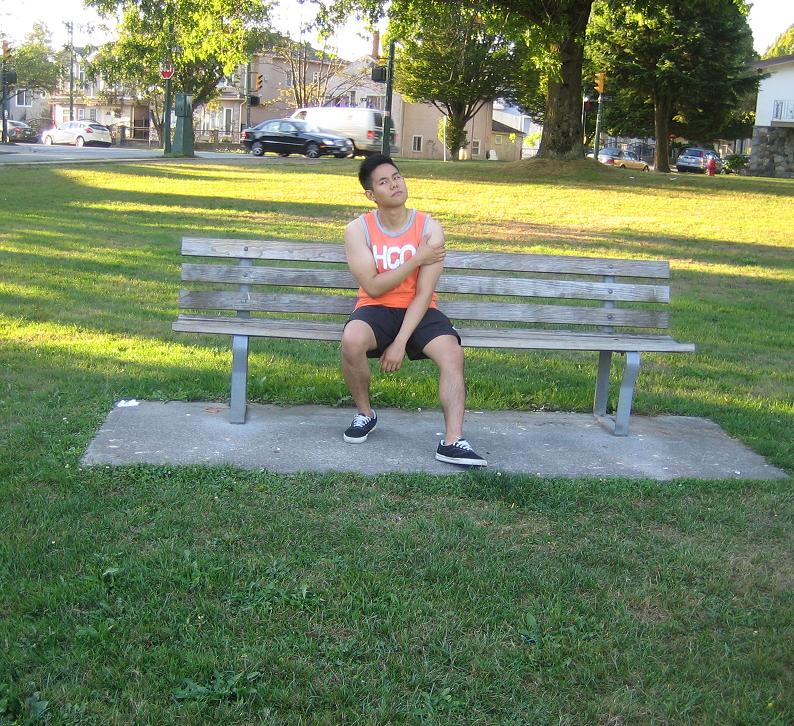Folliculitis is an inflammatory ailment that affects the hair follicles. Generally, it is characterized by a tiny red tender bump and sometimes surmounted with a dot of pus that surrounds pus. Older lesions without pus appear as reddened lumps that surround the opening without the hair. Acne vulgaris, a facial rash affecting teenagers is a type of folliculitis. In addition, severe infections can result to permanent loss of hair and scarring.
Symptoms
- At first, blisters filled with pus that breaks open and crust over
- Clusters of tiny red bumps or white-head pimples that form around the follicles of hair.
- Itchy and burning skin
Apply prescribed lotions to lessen the itchiness or hydrocortisone cream. - Severe pain and tenderness of the skin
- Lastly, a large swollen mass or bump
Folliculitis can be superficial and deep. Superficial type of affects part of the follicle and deep type affects the entire follicle and more severe.
Close look on superficial folliculitis
- Hot tub or pseudomonas folliculitis develops a rash and a round, red and itchy bumps after exposure to the bacteria that cause it.
- Bacterial folliculitis is characterized by itchy, white and bumps filled with pus due to infected follicles of hair.
- Razor bumps caused by ingrown hair usually curly hair and are shaved too close that happens in the neck and face.
- Pityrosporum is a chronic, red, and itchy pustule that develops in the back, chest, shoulders, neck, upper arms and the face. This is caused by yeast infection.
Causes
- Due to infection of follicles of hair with staphylococcus aureus bacteria or staph.
- Due to fungi, viruses and inflammation from ingrown hairs
- This condition can happen anywhere in the body except the sole, palms, lips and mucous membranes.
Treatment
- Apply heat in the area in the form of a warm, moist washcloth or compress. Generally, prepare a salt water solution by mixing 1 tablespoon of table salt in 2 cups of water. Dip a clean washcloth in the solution and apply to the affected areas to lessen the discomforts and for easy drainage of the pus.
- Apply a prescribed over-the-counter antibiotic such as creams, gels and washes.
- Apply prescribed lotions to lessen the itchiness or hydrocortisone cream.
- Use the prescribed steroid cream to lessen the itchiness due to mild esinophilic folliculitis.
- Wash the area using antibacterial soap at least two times every day. Use a clean washcloth each time when cleaning the area. Avoid sharing washcloth with other people. Wash the used washcloth using hot and soapy water, and also wash clothing that has direct contact with the affected area.
- Lastly, stop shaving the skin for fast healing of the barber’s itch.
Tips
- Take a bath or shower every day using mild soap after performing exercises and working around with chemicals.
- Do not scratch the bumps.
- Do not shave the bumps. If it is necessary to shave, change the razor blade each time.
- After using public hot tubs or spas, take a shower immediately with soap.
FACT CHECK
https://www.webmd.com/skin-problems-and-treatments/what-is-folliculitis#1
https://www.healthline.com/health/folliculitis
https://www.mayoclinic.org/diseases-conditions/folliculitis/symptoms-causes/syc-20361634

